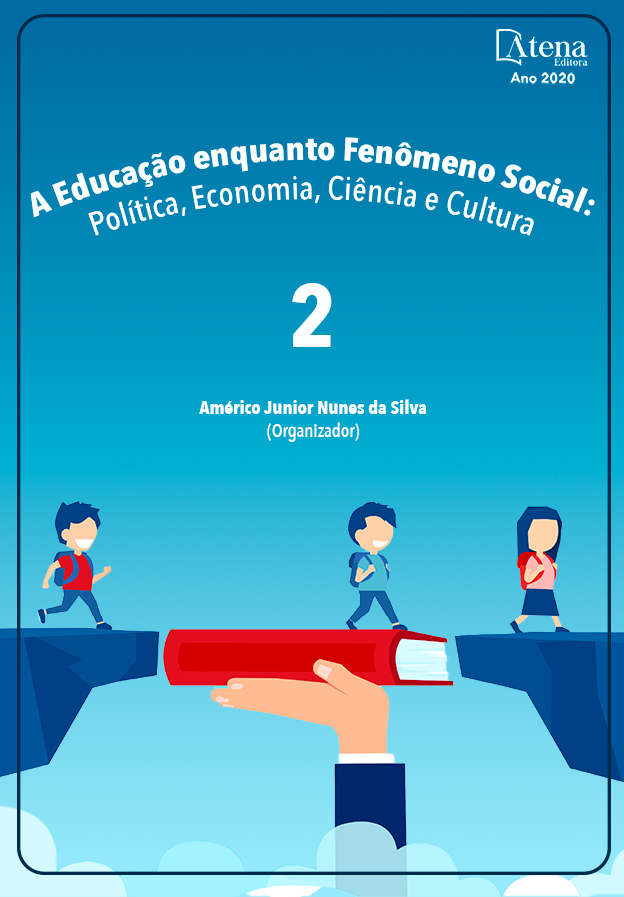
INCLUSÃO DE ALUNOS COM ALTAS HABILIDADES E SUPERDOTAÇÃO: DESAFIOS E ANSEIOS
Neste artigo, buscou-se discorrer sobre a inclusão de alunos com Altas Habilidades e Superdotação, por meio da pesquisa bibliográfica, com autores que abordam sobre o tema. A educação inclusiva é foco de muitas discussões há muito tempo, mas é a partir da década de noventa que toma mais proporção, com a ocorrência de movimentos e aprovação de leis que dão suporte a educação inclusiva, como a Declaração de Salamanca, em 1994. A educação inclusiva é foco de diversos estudos científicos que abordam sobre suas especificidades, desafios e perspectivas, no sentido de valorização da diversidade, como alunos com Altas Habilidades e Superdotação. Esse público é caraterizado por alunos que apresentam desempenho em diferentes áreas, superior aos demais educandos de sua idade, havendo a necessidade da realização de adaptação curricular, para contemplar as necessidades educacionais, haja vista, que a escola nem sempre é motiva e desafia as habilidades e talentos destes alunos. A falta da realização de um trabalho pedagógico faz com que muitos alunos deixem de frequentar a escola, porque na maioria das vezes, esses educandos precisam ter as suas habilidades reconhecidas e motivadas pelos professores. Portanto, para que a inclusão de alunos com Altas Habilidades ocorra é preciso mudanças de paradigmas, não só por parte dos professores, mas do poder público, com a elaboração e aprovação de políticas públicas que contemplem as pessoas com Altas Habilidades e Superdotação, instalação de Salas de Recursos Multifuncionais – SRM para atender este público, bem como, ações que possibilitem a valorização dos talentos e habilidades para o melhor desenvolvimento integral destes alunos e o acompanhamento de multiprofissionais.
INCLUSÃO DE ALUNOS COM ALTAS HABILIDADES E SUPERDOTAÇÃO: DESAFIOS E ANSEIOS
-
DOI: 10.22533/at.ed.32720051114
-
Palavras-chave: Inclusão. Altas Habilidades e Superdotação. Diversidade.
-
Keywords: Keywords: Inclusion. High Skills and Giftedness. Diversity.
-
Abstract:
In this article, we sought to discuss the inclusion of students with High Skills and Giftedness, through bibliographic research, with authors who address the topic. Inclusive education has been the focus of many discussions for a long time, but it is from the nineties onwards that it takes on more proportions, with the movement and approval of laws that support inclusive education, such as the Declaration of Salamanca, in 1994. Inclusive education is the focus of several scientific studies that address their specificities, challenges and perspectives, in the sense of valuing diversity, as students with High Skills and Giftedness. This audience is characterized by students who perform in different areas, superior to other students of their age, with the need for curricular adaptation to address educational needs, given that the school is not always motivating and challenging skills and talents of these students. The lack of carrying out a pedagogical work causes many students to stop attending school, because most of the time, these students need to have their skills recognized and motivated by teachers. Therefore, for the inclusion of students with High Skills to occur, paradigm changes are necessary, not only on the part of teachers, but also of the public authorities, with the elaboration and approval of public policies that contemplate people with High Skills and Giftedness, installation of Multifunctional Resource Rooms - SRM to serve this audience, as well as actions that enable the valorization of talents and skills for the best integral development of these students and the monitoring of multiprofessionals.
-
Número de páginas: 14
- LUCIA MARCINEK KADLUBITSKI


